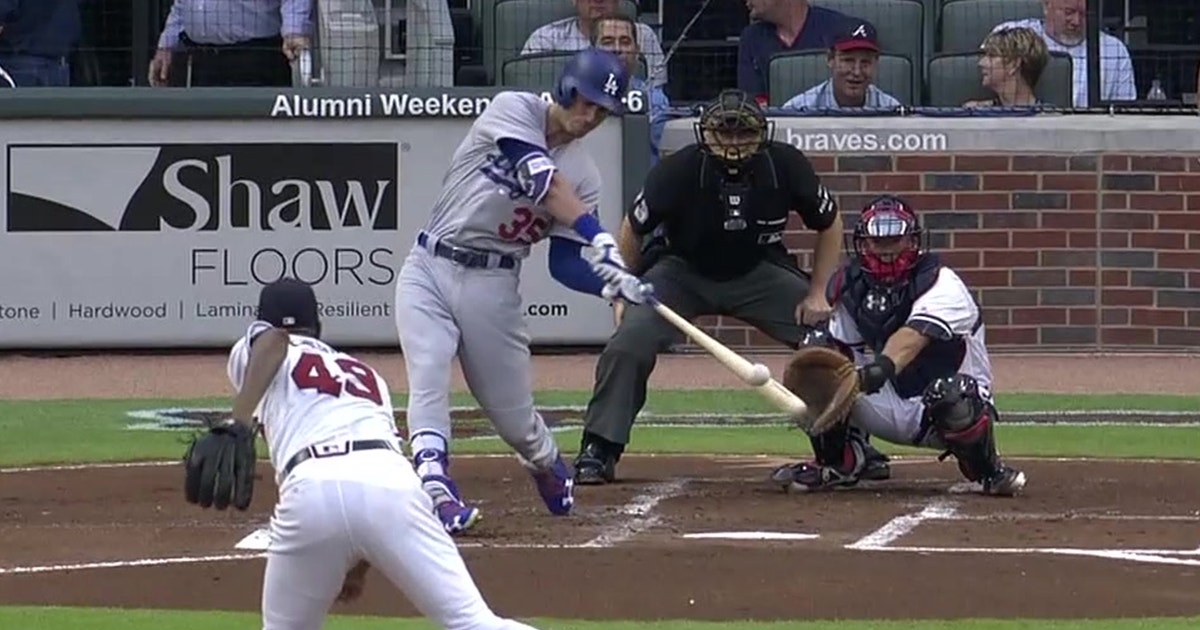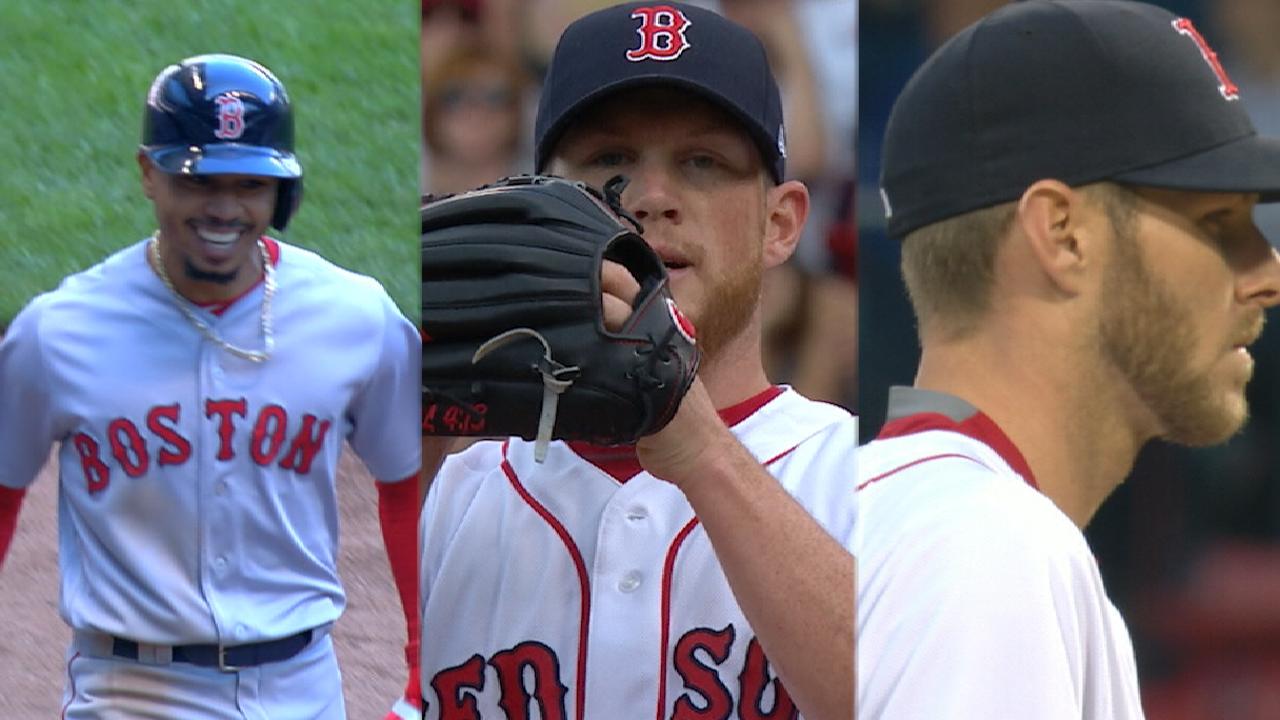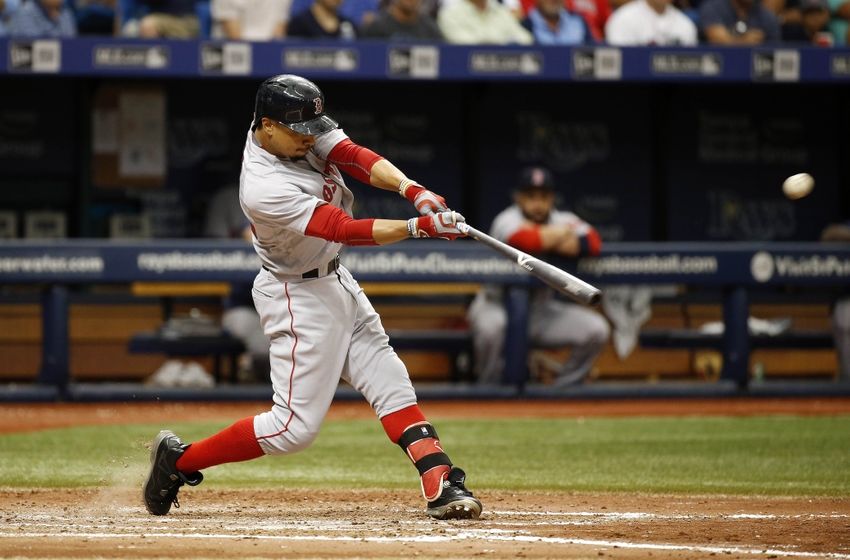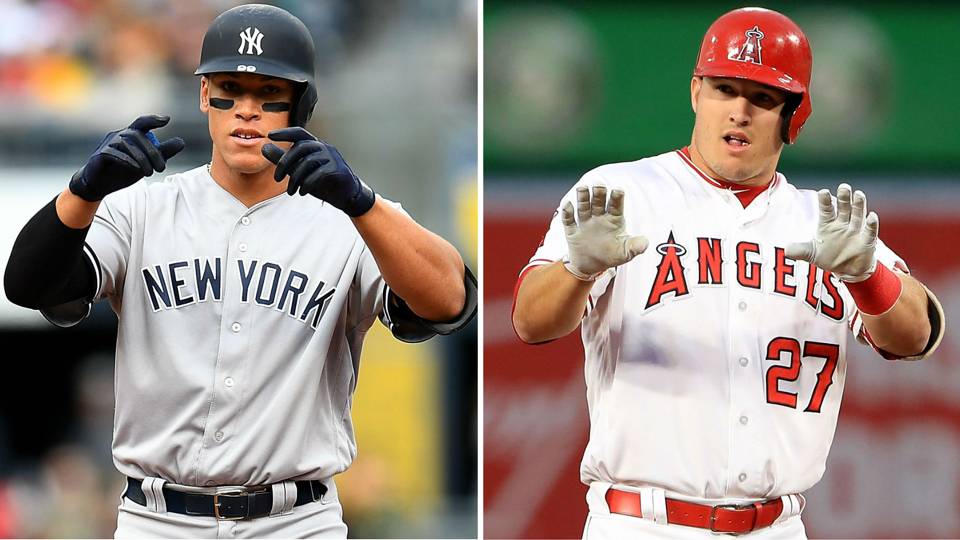 |
| It's taken Stanton nearly a decade to put it all together (SI.com) |
That number feels preposterously low for a slugger of Stanton's stature and caliber. After all, we're talking about a guy with one of the five best HR-per-AB ratios in baseball history. We're talking about a guy who's absurdly strong, a guy who did this. And this. Annnd this (don't worry, there's plenty more where those came from). Every time he goes deep he seems to re-write the record books by hitting a ball where no one has before. He is, without a doubt, one of the most powerful and most electrifying players in baseball history, not to mention the highest paid professional athlete on the planet.
By comparison, his numbers have always felt supremely disappointing. You look at Stanton's Baseball-Reference page and think Really? That's it? No 50-homer seasons, or even a 40-homer season. No MVPs. There's some black ink there, but it's pretty sparse. His list of most similar batters is even more underwhelming, littered with the likes of Richard Hidalgo, Brad Hawpe, Mark Trumbo, Carlos Quentin, and Russell Branyan. There's not a single Hall of Famer in his top 10, or anyone who came even remotely close, for that matter. Pretty soon you start asking yourself; the Marlins paid $325 million for this guy?!
They sure did, and at the time, nobody questioned it. Everyone knows what Stanton's capable of, even if his statistics have only provided a glimpse.
Like most players with Cooperstown-level ability, Stanton was destined for greatness from the beginning. After earning a promotion to the Majors at age 20 in 2010, he proceeded to belt 22 home runs in his first 100 games. He followed that up with 34 the following year and 37 in 2012, despite missing 39 games because of knee surgery. With his home run totals on the rise and still several years away from his prime, Stanton seemed poised to dominate the leaderboards for years to come.
Because of injuries, however, that hasn't happened. Stanton slumped to .249 with 24 homers in 2013 while missing two months with a strained hamstring. He bounced back in 2014 and was challenging Clayton Kershaw for NL MVP honors before a fastball to the face ended his season on September 11th, leaving him stuck on 37 homers. He was so far ahead of the pack that year that he still led the National League in long balls and total bases (299) despite missing the last three weeks of the season.
When Stanton returned in 2015, he was a man on a mission. By the final week in June he already had 27 home runs and 67 RBIs in 74 games. He was just laying waste to the league, and it seemed like everything was coming together for the 25-year-old. Until he broke the hammate bone on his left hand, ending his season on June 26th. We'll never know what he would have done during the second half, when power figures started rising across the sport.
2016 brought more of the same for Stanton, who slumped to .240 but still slugged 27 homers in 119 games. Many were beginning to wonder if he would ever stay healthy. enough to log a full season. In his first seven, he averaged only 118 games and 426 at-bats per year, missing roughly a quarter of the season each year. He had reached his prime and still wasn't a dominant player, with just one home run crown and one 100-RBI season under his belt. Six players hit more home runs from 2010-2016, all of whom are well into their 30s or retired now. The next Babe Ruth he was not.
This year, at the magic age of 27, that's finally changed. Stanton's healthy, having played all but two of Miami's 110 games, and he's crushing the ball. He's taken advantage of the new home run environment to match his best home run total in 15 fewer games than 2012 and 37 fewer games than 2014. He's not going to win MVP as long as Bryce Harper's healthy, but he should blow most of his previous career highs out of the water in a season that finally feels worthy of the hype (and the money).
(*August 9th update: Stanton slugged his 38th home run last night, establishing a new career high. He now has five home runs in his last five games and leads the Majors with 12 dingers since the All-Star break)











